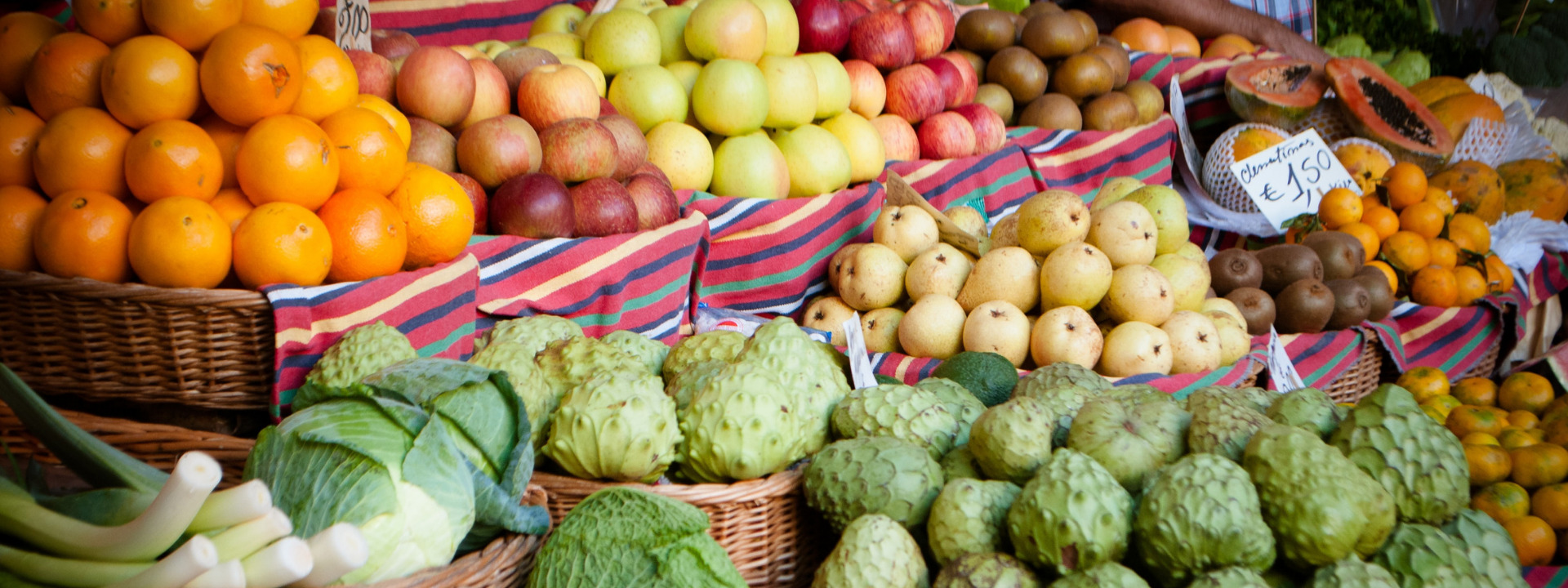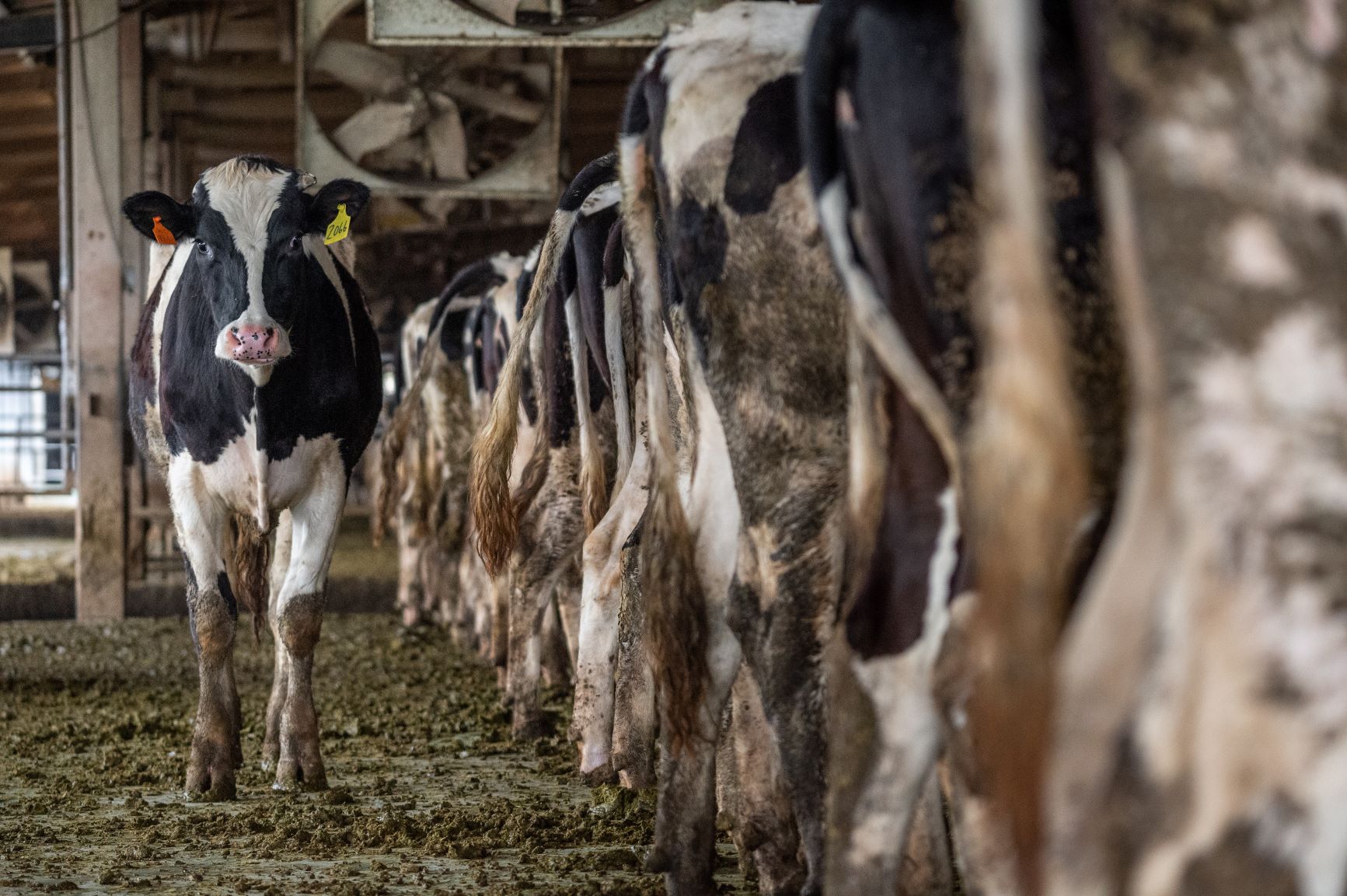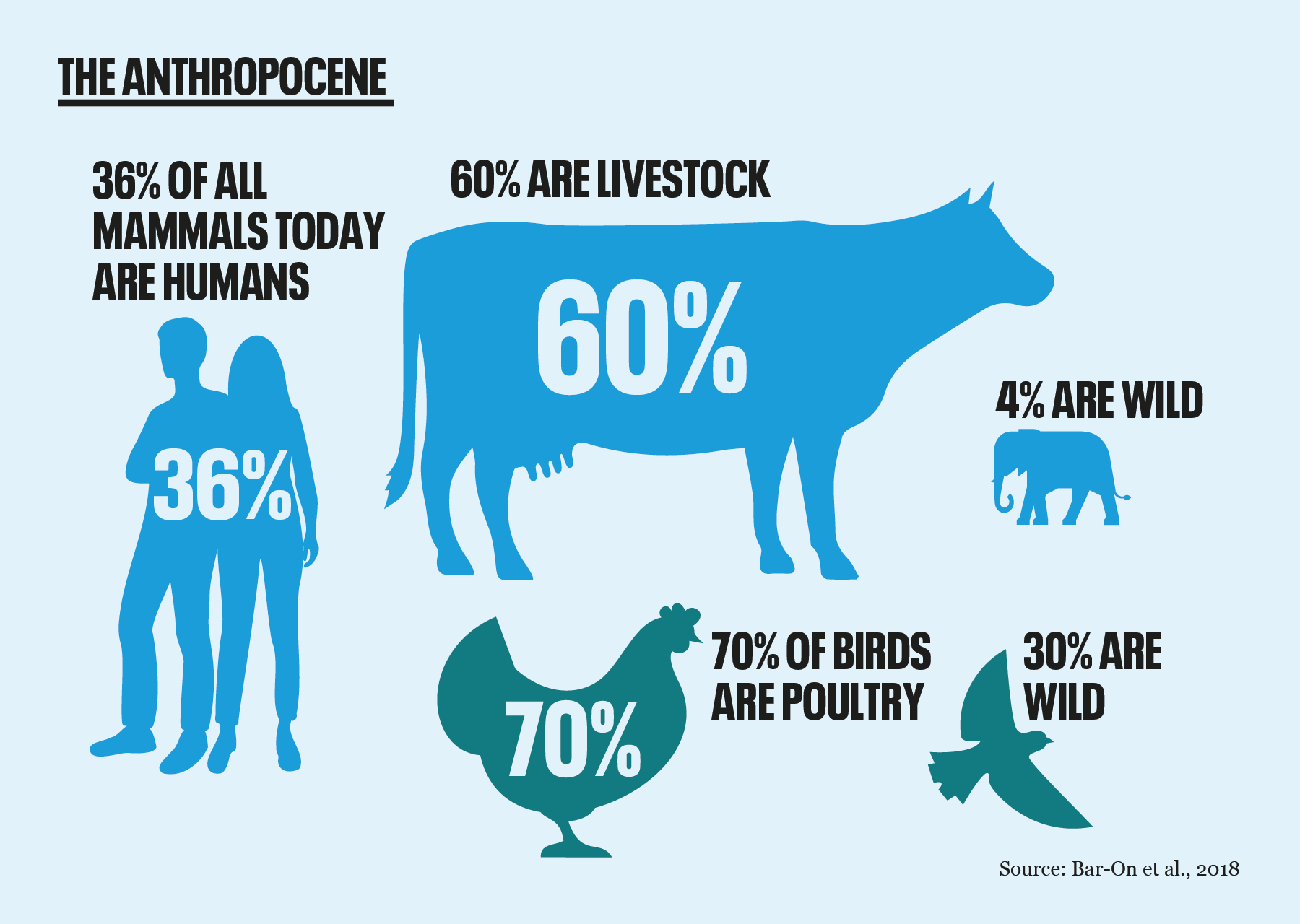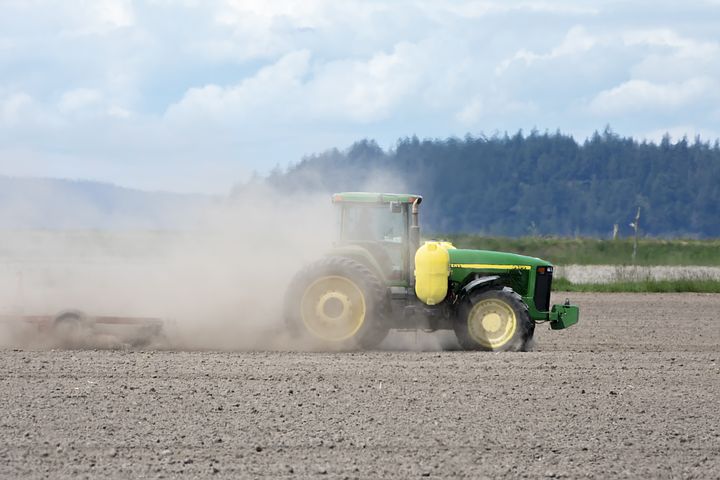
To save biodiversity, we must transform our food systems
A major new analysis highlights that current food production and consumption patterns are the biggest driver of biodiversity loss, and proposes three key actions to turn the tide and create a healthier future: a shift towards more plant-based diets, setting aside more land as protected areas, and adopting more sustainable farming methods. What the report fails to point out is that the last two become ever harder under continued population growth.

The report Food System Impacts on Biodiversity Loss: Three levers for food system transformation in support of nature was published by UK-based, independent think-tank Chatham House and supported by the United Nations Environment Programme (UNEP) and Compassion in World Farming (CIWF). It is one of a growing number of recent scientific publications calling for transformative changes to global food systems.
Biodiversity loss: the facts
Biodiversity is declining faster now than during any time in human history, and the decline is still accelerating. In the past 50 years alone, vertebrate wildlife populations have shrunk by almost 70% and an estimated one million species are now threatened with extinction. Agriculture uses 80% of the world’s extracted freshwater, already occupies half of all habitable land on Earth, and is the main driver of habitat and biodiversity loss. 80% of this global farmland is used to raise animals, which now account for 60% of all mammal species by mass, compared to only 4% for wild mammals (and 36% for humans). Farmed poultry represent 70% of all bird species, with wild birds making up only 30%. The IUCN Red List of Threatened Species lists agriculture as a main threat to 24,000 of the 28,000 species it has assessed so far, and overfishing is the largest driver of biodiversity loss in ocean ecosystems.


Effects on climate and health
Our modern food systems (including land use change, methane release from animals and soil, nitrous oxide from fertiliser, processing and transport) are also the biggest contributor to climate change, responsible for around a third of all greenhouse gas emissions, with more than half of these coming from animal agriculture. Cheap, calorie-dense yet nutritionally poor foods fuel widespread malnutrition and obesity, and agricultural intensification increases the emergence and spread of novel diseases. Recent health crises, including the ongoing COVID-19 pandemic, are a result of new and close contact between humans and wild species caused by our intrusion into natural ecosystems, largely through the ongoing conversion of land to agriculture, while growing numbers and density of livestock create more opportunities for viral transmission and mutation. Increased use of synthetic pesticides is also a major cause of biodiversity decline, especially of invertebrate species, and has negative (and understudied) implications for human health too.
The three sustainability ‘levers’
The authors propose three ‘levers’ for creating a more sustainable food system. The first is to change dietary patterns to reduce demand for animal products. The second is to protect and set aside land for nature, through ecosystem restoration and by incorporating natural habitat islands into farmland. The third lever is to embrace more nature-friendly practices such as crop rotation and organic farming.
Crucially, they state
These three levers are in part interdependent. Most notably, the protection and setting aside of land for nature and the shift to nature-friendly farming both depend on dietary change, and will become increasingly difficult to achieve if continued growth in food demand exerts ever-growing pressure on land resources.”
Unfortunately, the report does not acknowledge the other major caveat: continued population growth. Previous major reports on food and farming stressed that unchecked population growth will undermine all other actions to improve our food systems. A landmark 2019 publication by the EAT-Lancet Commission noted that exceeding a population of 10 billion people will make sustainable, healthy diets for all “increasingly unlikely”, and a 2018 report by the World Resources Institute (WRI) called for achieving replacement-level fertility rates everywhere by increasing educational opportunities for girls, boosting family planning services and reducing infant and child mortality. It is a shame the Chatham House report failed to identify this crucial fourth ‘lever’. This year, the UN is convening the world’s first Food Systems Summit to help catalyse the required transformation and advance the 17 Sustainable Development Goals. To be successful in the long term, resulting policies must incorporate empowering, ethical population solutions.


